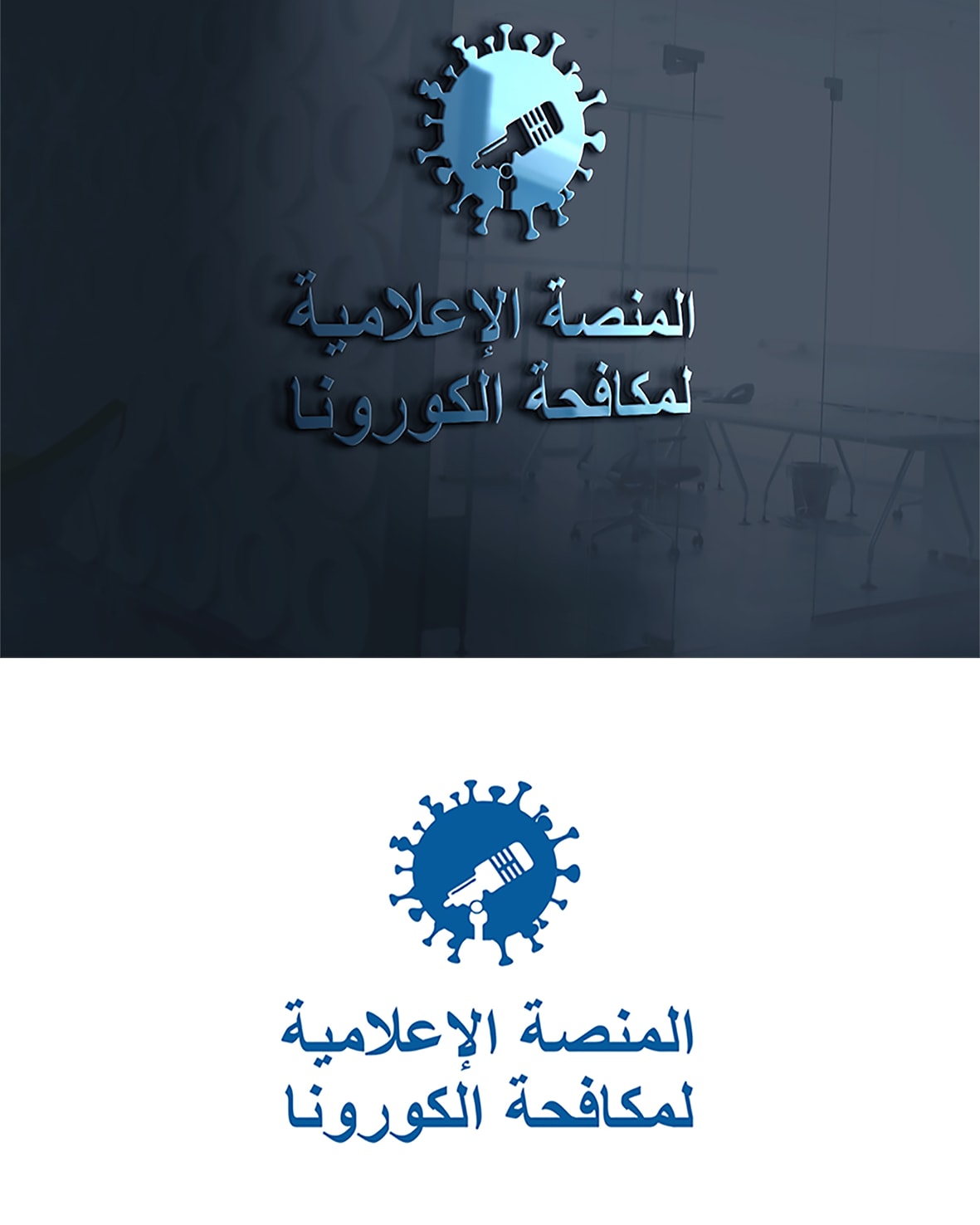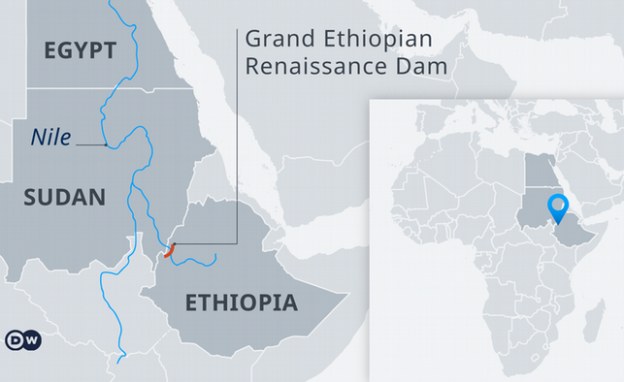Egypt, Ethiopia and Sudan are currently engaged in vital talks over the dispute relating to the filling and operation of the Grand Ethiopian Renaissance Dam on the Nile River. While non-African actors are increasingly present in the negotiations, the African Union (AU) is playing a marginal role.
In addition to supporting negotiations and the implementation of a possible agreement, there are critical lessons from the negotiations for the AU on how to manage future maritime and freshwater disputes.
With the involvement of the United States (US) and World Bank, the parties have convened over eight rounds of negotiations in two months. Despite making some headway, a conclusive agreement is yet to be signed. Major disputes persist over the timeline of filling the reservoir, and mitigation measures to be taken in case of drought.
The Nile River is a trans-boundary resource shared by 11 African countries including Egypt, Ethiopia and Sudan. To date though, there is no approved framework on the water’s management and use. The three countries almost reached an agreement after 10 years of negotiation in 2010. But Egypt and Sudan didn’t sign it mainly due to concerns of ‘water insecurity’ arising from a broader deal affecting their share of water for agriculture, industry and hydroelectric power generation.









